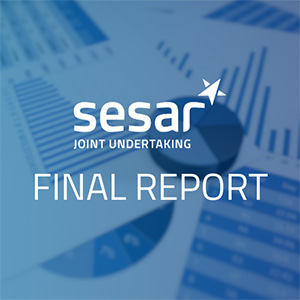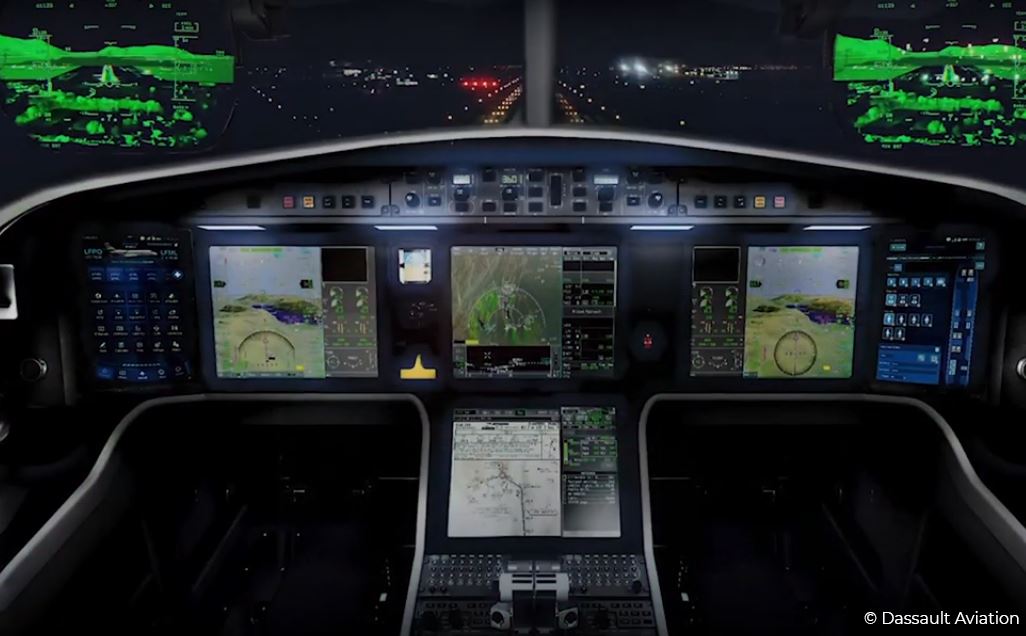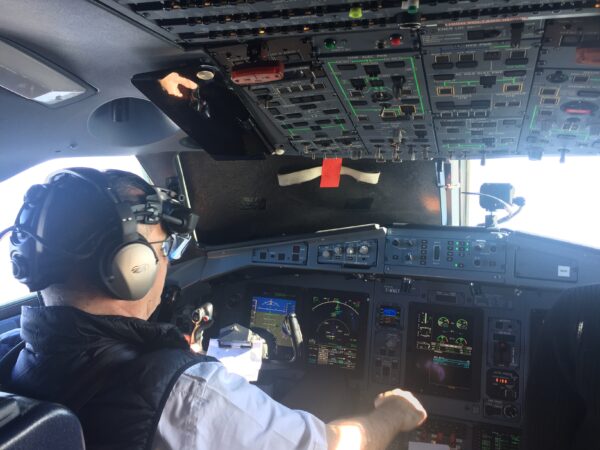Objectives
Building on the successful and 2017 award-winning SESAR Augmented Approaches to Land (AAL) project, key aviation stakeholders (airports operators, airspace users, airframe manufacturers, avionics manufacturers, air navigation service providers and regulatory bodies) came together between 2018 and 2020 io demonstrate augmented approach and landing operations.
Specifically, AAL2 worked on the following SESAR solutions:
GBAS (Ground Based Augmentation System) CAT II with CAT I airborne and ground equipment, enabling lower decision heights to CAT II minima (DH 100ft) (addresses hubs and medium-sized airports).
EFVS (Enhanced Flight Vision System) to Land using head up /or mounted display, with operational credit down to 300 meters RVR in non- CAT II/III airports (addresses medium and small size airports), with adaptation aerodrome procedures to operate in Low Visibility Conditions, but without the need for additional infrastructure.
The demonstrations are also closely related to SESAR Solutions #55, #09 and #117.
The AAL2 project aimed to improve accessibility in congested, low visibility conditions, and pave the way for the uptake of technologies required to overcome limitations of the current 3d approaches basing on ground or space-based procedures and bring additional value to existing PBN approaches. This contributed to lowering the amount of missed-approaches and therefore reducing the complexity at the lower altitudes of the TMA operations.
In addition, the ATC/ground segment of some aerodrome for permitting equivalent CATII minima operations would have also been prepare.
The AAL2 demonstrations covered a range of GBAS (RNP to GLS CAT II) and utilise flight deck-vision systems such as Enhanced Flight Vision System (EFVS) in order to expand access in degraded weather conditions. The project covered approaches to CAT II equivalent minima for all the work packages, extending either the instrument segment (GBAS) or the visual segment (EFVS).
A large amount of data was collected during all the flights, taking place in real and complete operational environment involving air- and ground segments, ranging from pilot/crew/ATC questionnaires, as well as performance data that could be translated to fuel burnt and efficiency or feasibility of the operation.




